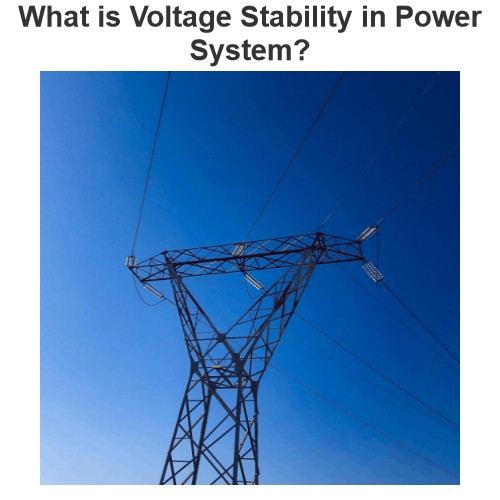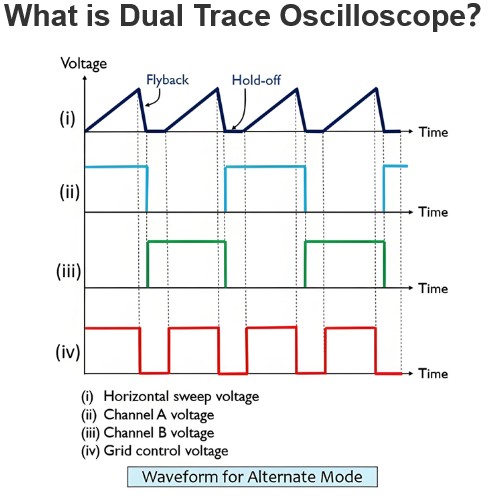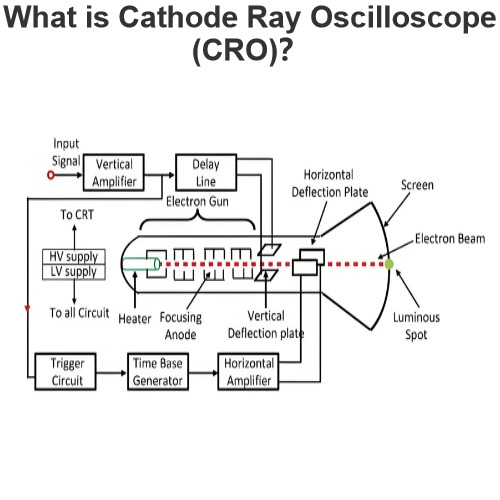What is Hydrant System ?
What is Hydrant System ?
Hydrant System Definition
A hydrant system is a water-based fire protection setup in thermal power plants, including components like valves, hoses, and nozzles.
Components of a Hydrant System
Isolation gate valves installed above ground on RCC pedestals around areas to be protected.
Hydrant valves (external/internal)
Hose cabinets
Couplings
Branch pipe
Hydrant System Requirements
The system must maintain 3.5 Kg/cm² pressure at the farthest point, with a max velocity of 5 m/s in the main pipes.
Spray System Working Principle
The spray system automatically detects and controls fires using deluge valves and fire detection devices.
High Velocity Water Spray System (HVWS)
The HVWS is a fire protection system with automatic detection and extinguishing features, covering critical areas like transformers and oil storage tanks.
The Electricity Encyclopedia is dedicated to accelerating the dissemination and application of electricity knowledge and adding impetus to the development and innovation of the electricity industry.













